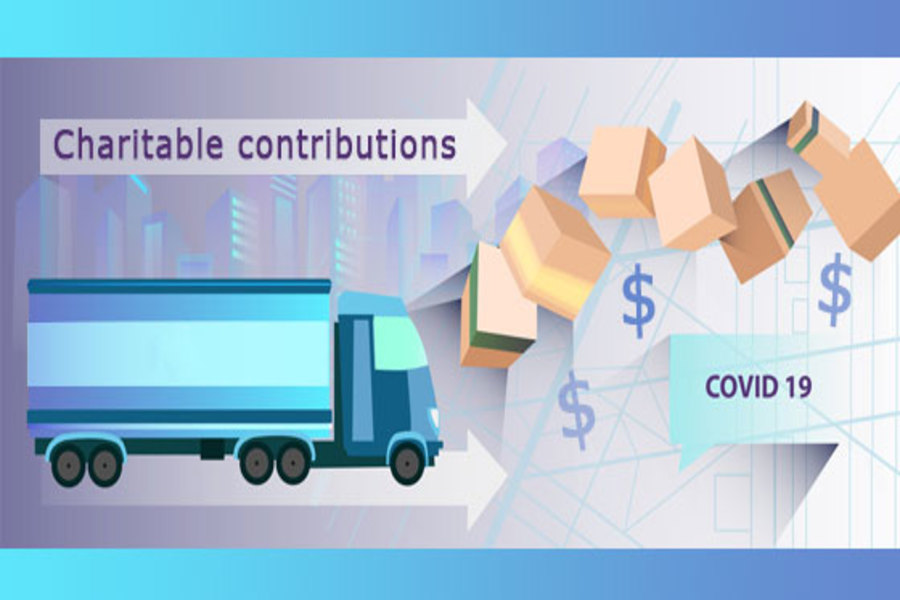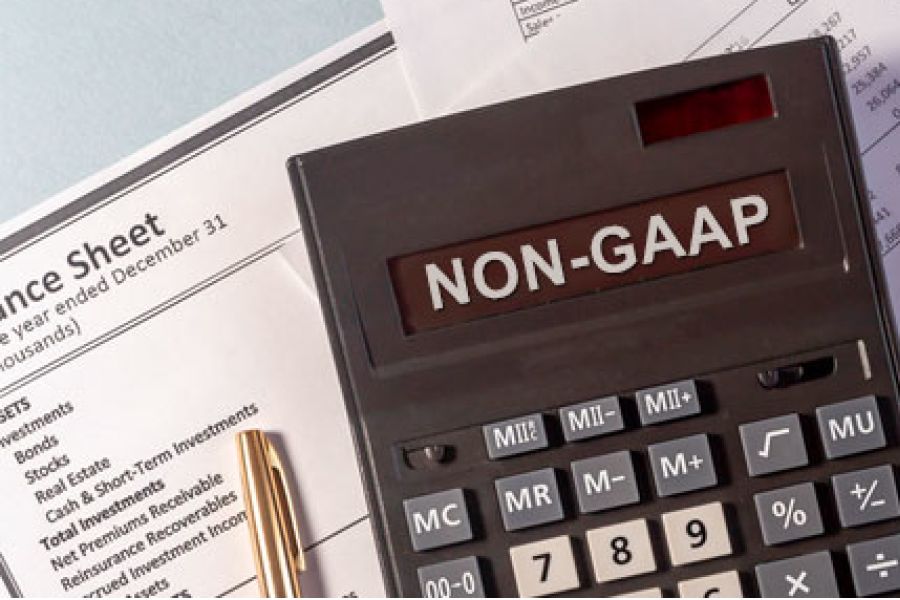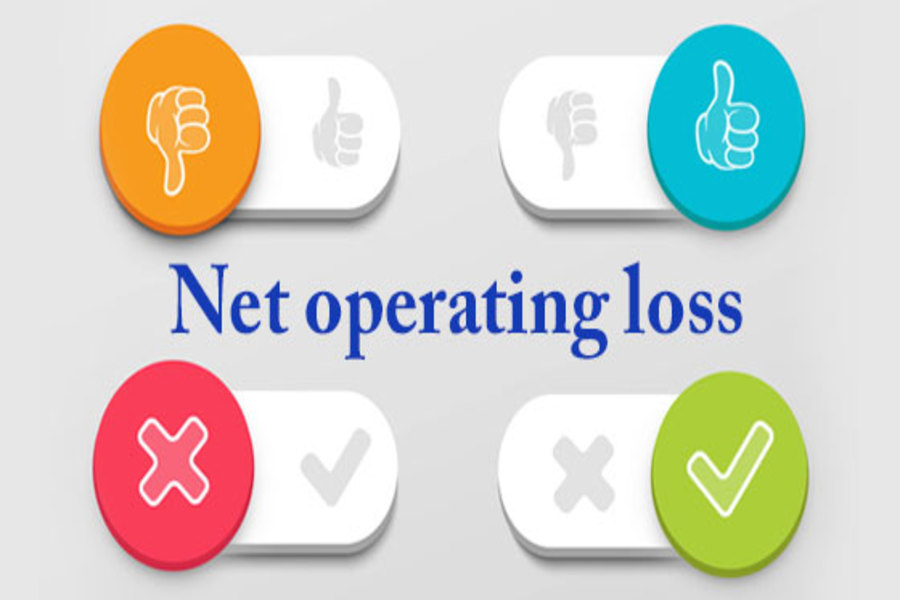In light of the novel coronavirus (COVID-19) pandemic, many businesses are interested in donating to charity. In order to incentivize charitable giving, the Coronavirus Aid, Relief and Economic Security (CARES) Act made some liberalizations to the rules governing charitable deductions. Here are two changes that affect businesses: The limit on charitable deductions for corporations has increased Before the CARES Act, the total charitable deduction that a corporation could generally claim for the year couldn’t exceed 10% of corporate taxable income (as determined with several modifications for these purposes). Contributions in excess of the 10% limit are carried forward and may be used during the next five years (subject to the 10%-of-taxable-income limitation each year). What changed? Under the CARES Act, the limitation on charitable deductions for corporations...

Do you want to save more for retirement on a tax-favored basis? If so, and if you qualify, you can make a 2019 IRA contribution for the 2019 tax year between now and the extended tax filing deadline and claim the write-off on your 2019 return. Or you can contribute to a Roth IRA and avoid paying taxes on future withdrawals. You can potentially make a contribution of up to $6,000 (or $7,000 if you were age 50 or older as of December 31, 2019). If you’re married, your spouse can potentially do the same, thereby doubling your tax benefits. The deadline for 2019 traditional and Roth contributions for most taxpayers would have been April 15, 2020. However, because of the novel coronavirus (COVID-19) pandemic, the IRS...
In a News Release (IR 2020-48), the IRS has provided a list of payment options available to taxpayers who need to make a tax payment or who owe taxes they can’t pay. Taxpayers who owe taxes Taxpayers who owe taxes can choose among the following payment options: Electronic funds withdrawal (EFW) Taxpayers who electronically file their tax returns using tax preparation software or a tax professional can pay any taxes they owe from their bank account using EFW. EFW is free and available when electronically filing a tax return with an amount due. IRS Direct Pay IRS Direct Pay allows taxpayers to pay their federal taxes, separately from filing their return, directly from their bank account, without any fees or preregistration. Taxpayers can schedule payments up to 30 days in advance...
The IRS recently released the 2021 HSA inflation adjusted amounts. Health Savings Accounts (HSA) basics An HSA is a trust created or organized exclusively for the purpose of paying the “qualified medical expenses” of an “account beneficiary.” An HSA can only be established for the benefit of an “eligible individual” who is covered under a “high deductible health plan.” In addition, a participant can’t be enrolled in Medicare or have other health coverage (exceptions include dental, vision, long-term care, accident and specific disease insurance). In general, a high deductible health plan (HDHP) is a plan that has an annual deductible that isn’t less than $1,000 for self-only coverage and $2,000 for family coverage. In addition, the sum of the annual deductible and other annual out-of-pocket expenses required to...
Not all companies follow U.S. generally accepted accounting principles (GAAP). Many smaller businesses, for example, have adopted the AICPA’s Financial Reporting Framework for Small and Medium-Sized Entities because it’s easier to follow. Other businesses may use non-GAAP measures because they don’t believe GAAP provides readers of financial reports with enough information to make informed decisions. Non-GAAP accounting is, in a nutshell, any measure a company uses that relies on a methodology not included in GAAP. But not all measures are necessarily created equal. Some non-GAAP measures can be misleading, and have the potential to mislead investors, lenders and the public. History lesson Historically, U.S. companies have used non-GAAP measures sparingly. Yet according to financial data provider Audit Analytics, in 2017, 97% of financial statements produced by S&P 500...
As you may have heard, the Coronavirus Aid, Relief and Economic Security (CARES) Act allows “qualified” people to take certain “coronavirus-related distributions” from their retirement plans without paying tax. So how do you qualify? In other words, what’s a coronavirus-related distribution? Early distribution basics In general, if you withdraw money from an IRA or eligible retirement plan before you reach age 59½, you must pay a 10% early withdrawal tax. This is in addition to any tax you may owe on the income from the withdrawal. There are several exceptions to the general rule. For example, you don’t owe the additional 10% tax if you become totally and permanently disabled or if you use the money to pay qualified higher education costs or medical expenses New exception Under the CARES...
The Coronavirus (COVID-19) pandemic has affected many Americans’ finances. Here are some COVID-19 individual tax questions answered. My employer closed the office and I’m working from home. Can I deduct any of the related expenses? Unfortunately, no. If you’re an employee who telecommutes, there are strict rules that govern whether you can deduct home office expenses. For 2018–2025 employee home office expenses aren’t deductible. (Starting in 2026, an employee may deduct home office expenses, within limits, if the office is for the convenience of his or her employer and certain requirements are met.) Be aware that these are the rules for employees. Business owners who work from home may qualify for home office deductions. My son was laid off from his job and is receiving unemployment benefits. Are they...
The Coronavirus Aid, Relief, and Economic Security (CARES) Act eliminates some of the tax-revenue-generating provisions included in a previous tax law. Here’s a look at how the CARES Act liberalizes NOLs, providing businesses with relief from the novel coronavirus (COVID-19) crisis. NOL deductions Basically, you may be able to benefit by carrying a net operating loss (NOL) into a different year — a year in which you have taxable income — and taking a deduction for it against that year’s income. The CARES Act includes favorable changes to the rules for deducting NOLs. First, it permanently eases the taxable income limitation on deductions. Under an unfavorable provision included in the Tax Cuts and Jobs Act (TCJA), an NOL arising in a tax year beginning in 2018 and later...
Before the novel coronavirus (COVID-19) pandemic struck, employees who suspected occupational fraud in their organizations had multiple options for notifying their employers. For example, they could use interoffice mail to send information anonymously or meet with HR personnel in person. In today's work from home environment, do you give employees a voice to report fraud? Reporting options for employees working from home are more limited — particularly if they wish to remain anonymous. The current working environment only highlights the necessity for a fraud hotline or online portal that workers can access anywhere, anytime. If your business doesn’t already offer a confidential reporting mechanism, start thinking about how you can establish one. Limiting damage One of the best ways to give employees a voice to report fraud and...
As a result of the coronavirus (COVID-19) crisis, your business may be using independent contractors to keep costs low. That said, are your independent contractors properly classified for federal tax purposes? If the IRS reclassifies them as employees, it can be an expensive mistake. The question of whether a worker is an independent contractor or an employee for federal income and employment tax purposes is a complex one. If a worker is an employee, your company must withhold federal income and payroll taxes, pay the employer’s share of FICA taxes on the wages, plus FUTA tax. Often, a business must also provide the worker with the fringe benefits that it makes available to other employees. And there may be state tax obligations as well. These obligations don’t...
- 1
- 2
- 3
- 4
- 5
- 6
- 7
- 8
- 9
- 10
- 11
- 12
- 13
- 14
- 15
- 16
- 17
- 18
- 19
- 20
- 21
- 22
- 23
- 24
- 25
- 26
- 27
- 28
- 29
- 30
- 31
- 32
- 33
- 34
- 35
- 36
- 37
- 38
- 39
- 40
- 41
- 42
- 43
- 44
- 45
- 46
- 47
- 48
- 49
- 50
- 51
- 52
- 53
- 54
- 55
- 56
- 57
- 58
- 59
- 60
- 61
- 62
- 63
- 64
- 65
- 66
- 67
- 68
- 69
- 70
- 71
- 72
- 73
- 74
- 75
- 76
- 77
- 78
- 79
- 80
- 81
- 82
- 83
- 84
- 85
- 86
- 87
- 88
- 89
- 90
- 91
- 92
- 93
- 94
- 95
- 96
- 97
- 98
- 99
- 100
- 101
- 102
- 103
- 104
- 105
- 106
- 107
- 108
- 109
- 110
- 111
- 112
- 113
- 114
- 115
- 116
- 117
- 118
- 119
- 120
- 121
- 122
- 123
- 124
- 125
- 126
- 127
- 128
- 129
- 130
- 131
- 132
- 133
- 134
- 135
- 136
- 137
- 138
- 139
- 140
- 141
- 142
- 143
- 144
- 145
- 146
- 147
- 148
- 149
- 150
- 151











